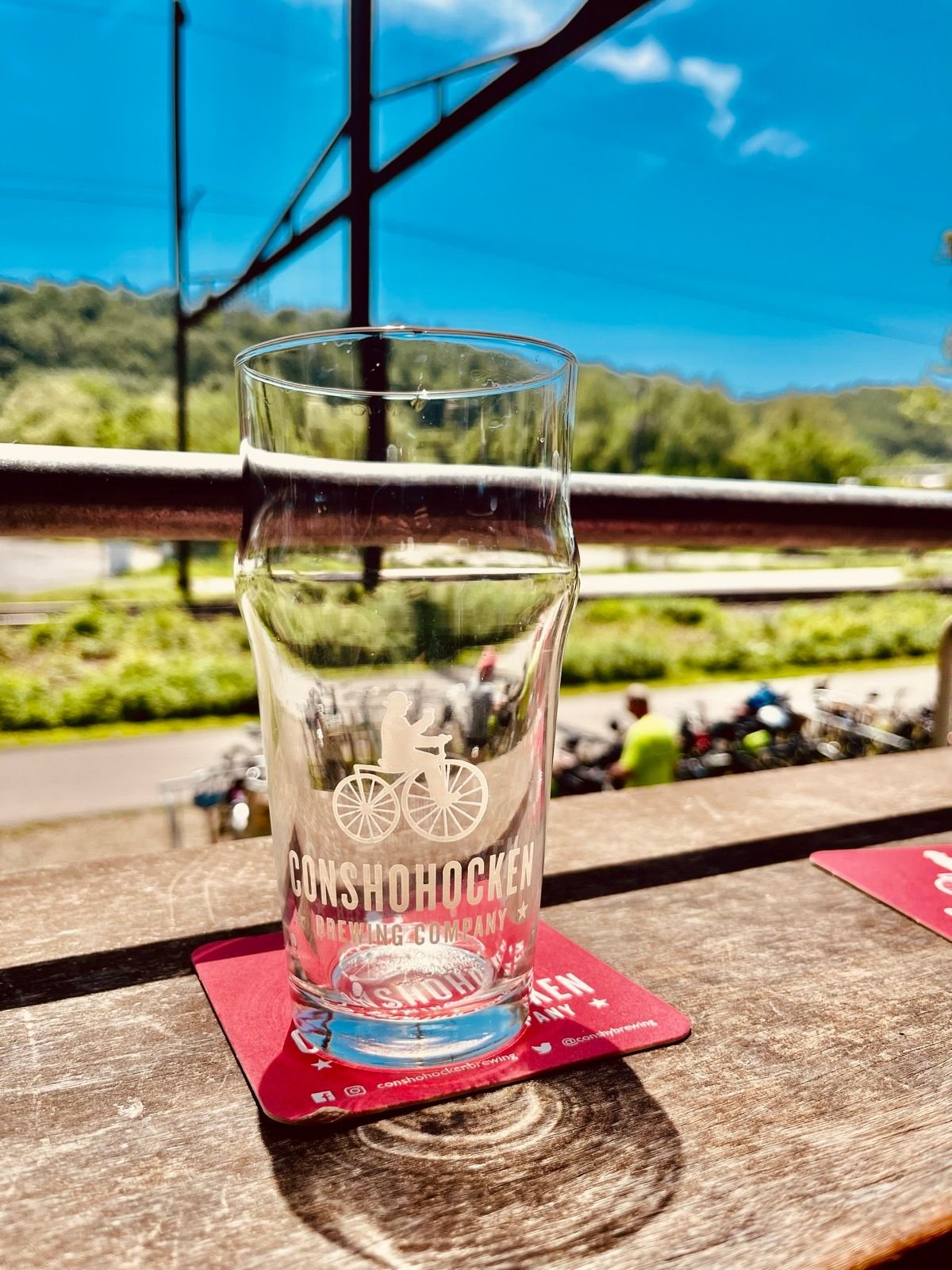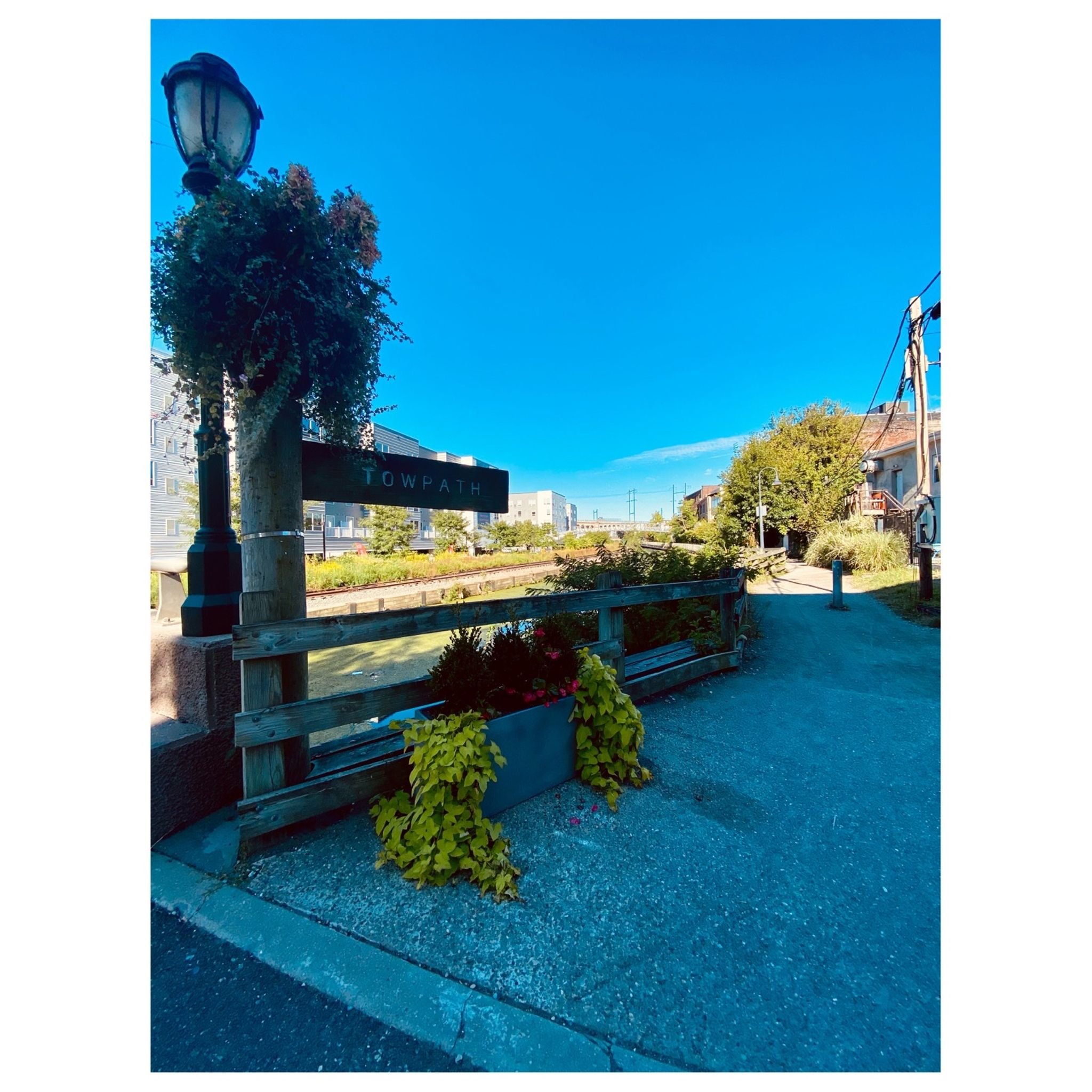Three Years of Biking: Reflections and Insights
I started biking during the early days of the pandemic as a simple escape from the confinements of the apartment, a way to feel the world outside when everything seemed to have stopped. But as the days turned weeks and weeks into months, this pastime has somehow transformed into an almost daily habit. Over the past three years, I have learned a few things, from consistency in rides to the importance of low-effort/high-volume exercises.
The Power of Consistency
In the initial flurry of enthusiasm, my biking routine was, for lack of a better word, chaotic. The open roads called out some weeks, and I ambitiously clocked up to 120 miles. On others, 10 miles. However, as the novelty of biking (and a new bike) began to wane, the importance of consistency came into focus. Pushing myself to extremes was neither sustainable nor enjoyable. I needed a rhythm, something steady and achievable. Settling into a consistent 70 - 80 miles each week offered just that—a routine that challenged yet didn't overwhelm or overexert.
“Bad” Weather Isn’t an Obstacle; it’s an Experience
Of course, there were initial days when the mere hint of rain or cold weather served as an excuse to skip the ride. But as the missed days piled up, I realized I was robbing myself of varied experiences. So, I adapted. I learned to appreciate the chill of a winter morning ride and the challenge of riding in a drizzle. Of course, safety always came first, but a bit of discomfort? That was just part of the journey. Embracing the elements added layers to my rides, teaching me valuable lessons about adaptability and varied experiences.
Making Biking an Integral Part of Life
For the first year, biking was an event—a specific task that required dedicated time slots in my schedule. But as I started biking more, my father suggested: Why not make biking a part of the routine? The switch was simple but transformative. I began biking to work. What was once a separate activity became a part of my commute. This integration ensured I remained active, engaged, and connected to biking without the constant battle of finding the ‘extra’ time.
Understanding Aerobic Threshold (AeT) and the value of low effort/high volume exercises:
As I went deeper into biking details, I came across the Aerobic Threshold (AeT) concept. This measure indicates the upper limit where one’s body can perform while still staying in the aerobic zone (below the lactate threshold), primarily using fat as a fuel source (here is a pretty comprehensive article about it). Riding above this limit too often can lead to fatigue and longer recovery times. I have realized that keeping at least 70-80 percent of my rides below the AeT allows me to bike daily without the risk of burnout. More than just a scientific metric, being a bit more data-driven in my approach has become a lesson in self-awareness and balance, ensuring that I enjoy the journey while avoiding overexertion.
Video from a 72-mile ride (longest one yet) from Trenton (NJ) to New York. (July 2023)
A 30-mile bike ride around Oxford countryside in the UK (March 2024)






























